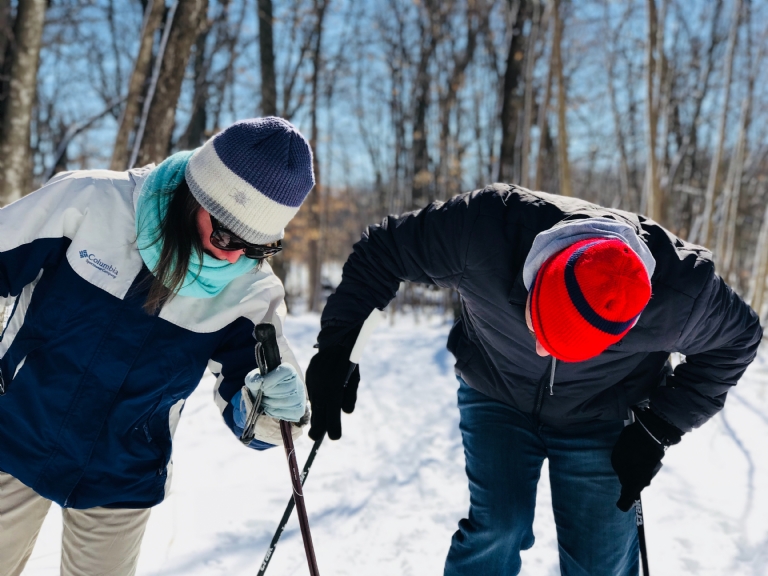The Science of Skiing
To begin with, let’s start with the forces acting upon the average skier. There are the internal forces which are generated by the muscular-skeletal movements of the skier, while external forces are those that work upon the person. In order to maintain your balance when skiing, you must utilise different movements or risk making a fool of yourself. Staying upward can be a difficult thing to master for beginners because these external forces can wreak havoc on your ability to do so when you start to ski.
When a skier is stood still on two flat skis, their centre of gravity is equally balanced over their base of support (even if beginners may look like Bambi on ice). If the contact area is reduced or forces are increased, the pressure will also be increased causing motion (as gravity is the driving force that makes you go!). This is represented in the equation P= F/a (where P= pressure, F= force and a= area).





